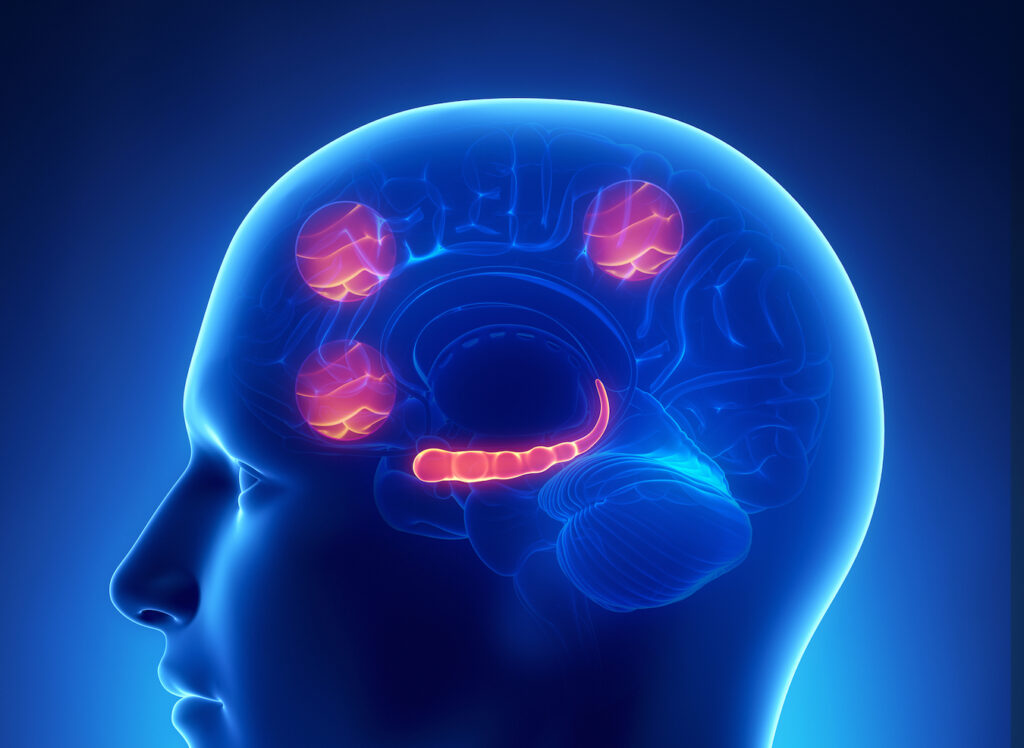We act based not on how we think, but on how we feel.
The art and value of spotting feelings and turning them into words.
Three heavily armed gangsters are holed up in a New York apartment following a shoot out with a rival gang. They are highly emotional. Getting them out doesn’t require more guns. It doesn’t require trying to convince them about your logic and reason. Getting them out requires talking less and listening more according to the FBI chief negotiator responsible for resolving the conflict, Chris Voss.

User centric design begins with building empathy. In doing so you recognise the counter party’s perspective, give it life and pay attention to their view of the world. The key hack, whether for a life and death negotiation or to build a system that engages humans, is to get to the feelings and understand them by giving them names and unpacking what’s behind them.
Research carried out by Lieberman et al. in 2007 showed that when people are shown faces expressing strong emotion the brain shows greater activity in the amygdala, the specific area of our brain that is responsible for emotions’ processing and regulation. When asked to label emotions, translating those feelings into words, brain activity moves to our pre-frontal cortex, the right ventrolateral area, that is responsible for problem solving and rational thinking. This decrease of the amygdala’s activity and an increase in activity within the pre-frontal cortex results in emotional distress and increased feeling of calmness, control and capability to get work done. Putting feelings into words gets us out of fight, flight or freeze and into problem solving and action.

For six hours straight the negotiators, patiently sat outside the apartmnent. They connected , talking calmly about how it looked like the fugitives were worried, that if they opened the door, the police would enter, guns blazing, killing some and sending the others to jail. And then all of a sudden, all three just walked out and gave themselves up. When asked why, they all gave the same answer. “We didnt want to get caught or get shot. We believed you wouldnt go away, so we just came out“
We act based on how we feel, not on what we think.
The more we feel the more we remember.
Scientists think dreaming gives us a chance to get rid of excess information the brain has taken in during the day. Dreaming is a way of defragmenting the brain; Brain Tetris. We dream alot to do this yet remember a very small proportion. There’s evidence that our memory centres store memories of emotionally charged dreams. Extensive psychological research confirms that events that happen during heightened states of emotion such as fear, anger and joy are far more memorable than less dramatic occurrences. Scientists have now identified the likely biological basis for this: a hormone released during emotional arousal “primes” nerve cells to remember events by increasing their chemical sensitivity at sites where nerves rewire to form new memory circuits.
Hopkins neuroscience professor Richard Huganir, Ph.D. found that during emotional peaks, the hormone norepinephrine, more widely known as a “fight or flight” hormone, dramatically sensitizes synapses — the site where nerve cells make an electro-chemical connection — to enhance the sculpting of a memory.
We are emotionally driven animals, seeking to move from pain and towards pleasure. Once the pain has been avoided or the pleasure gained, we then begin writing stories with logic and reason in them to explain why we did things, often heading to the internet to find some data and truths to back up our position. We think less than we think we think.
With the race to the bottom on price and speed closing out, there is a new race emerging in customer experience. The race to the top on emotional connection. Who can go back to the future when one’s relationship with their bank was deep and meant something?
As we go about designing user experiences that help people do difficult work, whether that be building financial or mental resilience or building a planet that our childrens chidlren can live in happily, we are heavily encourgaed to think about these principles and embed them with the experience, using aspects such as labelling to move our players from their lymbic, reptillian, flight, fight or freeze parts of the brain and into the higher order, problem solving regions of themselves.
Whilst traditional banking experiences use profiling to understand wealth and risk for customers, player profiling adds a broader set of dimensions as players take on their missions and conquests. Key to this is not only measuring how they are doing financially as they journey across the Odyssey map, but also how they are travelling emotionally. This data is tracked within a player profile and is critical for success. It is feelings that propel us, our perception of the experience, much more than any logic.
Whilst there is seemingly no limit to the amount of money in the world or how much we can create, there are very real limits in how much any of us individually can own , based largely on where we all land in this world, much of that down to luck. Success can sometimes come down to how we perceive money, how we frame what enough is and perceive our relative positions on the board of life to realise that we’re all actually doing ok and taht there are many worse off.
By understanding these ideas and making them pivotal to the Money Odyssey and tracking emotional state through the game, winning can become something measured not by how much money we have or haven’t, or how many bills we have or dont have, but more importantly how we are feeling about our money and our potential.
Oddly enough it seems like measuring seemingly intangibles like feelings and perceptions seems like a more tangible and realistic pathway to success!